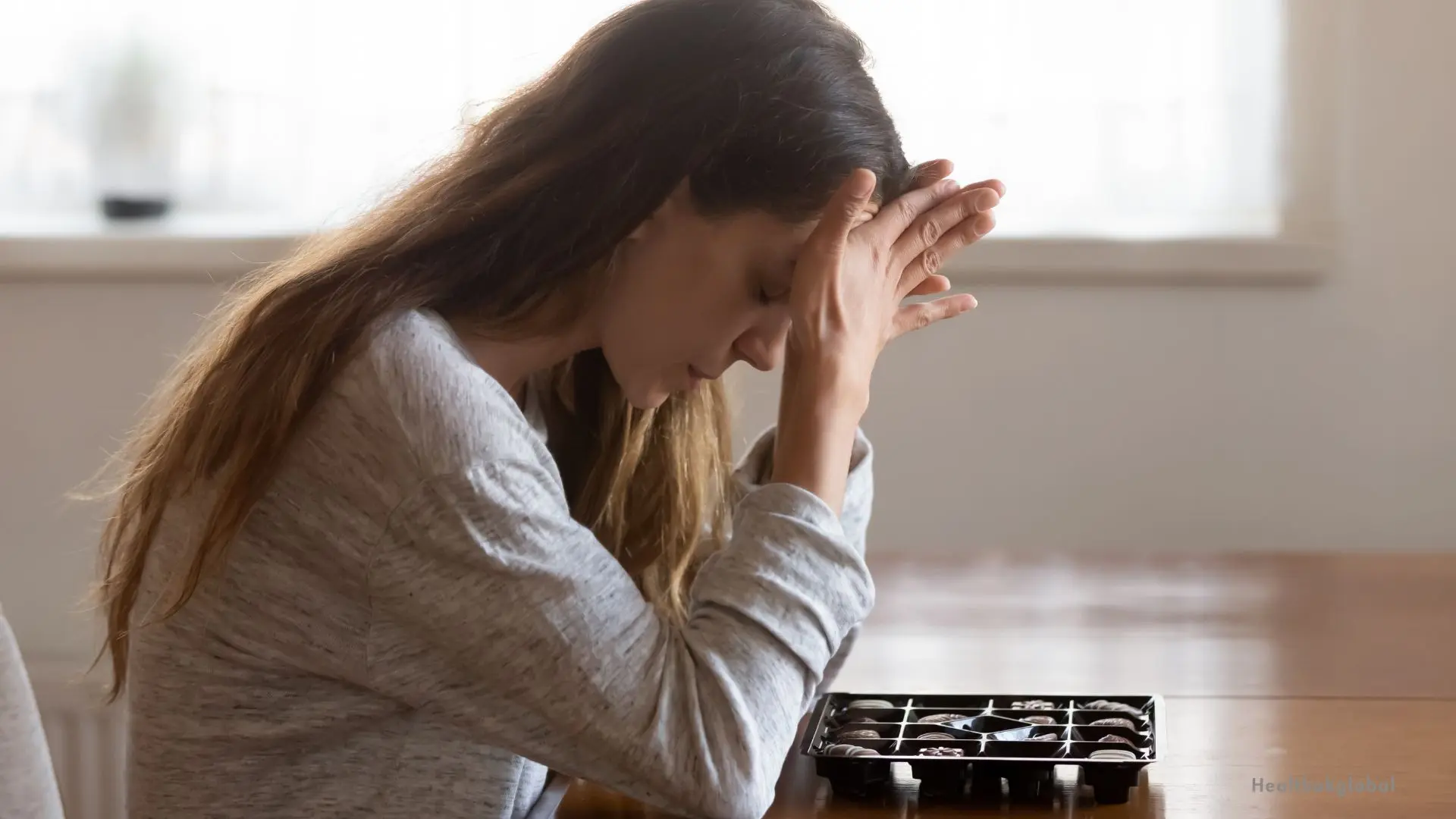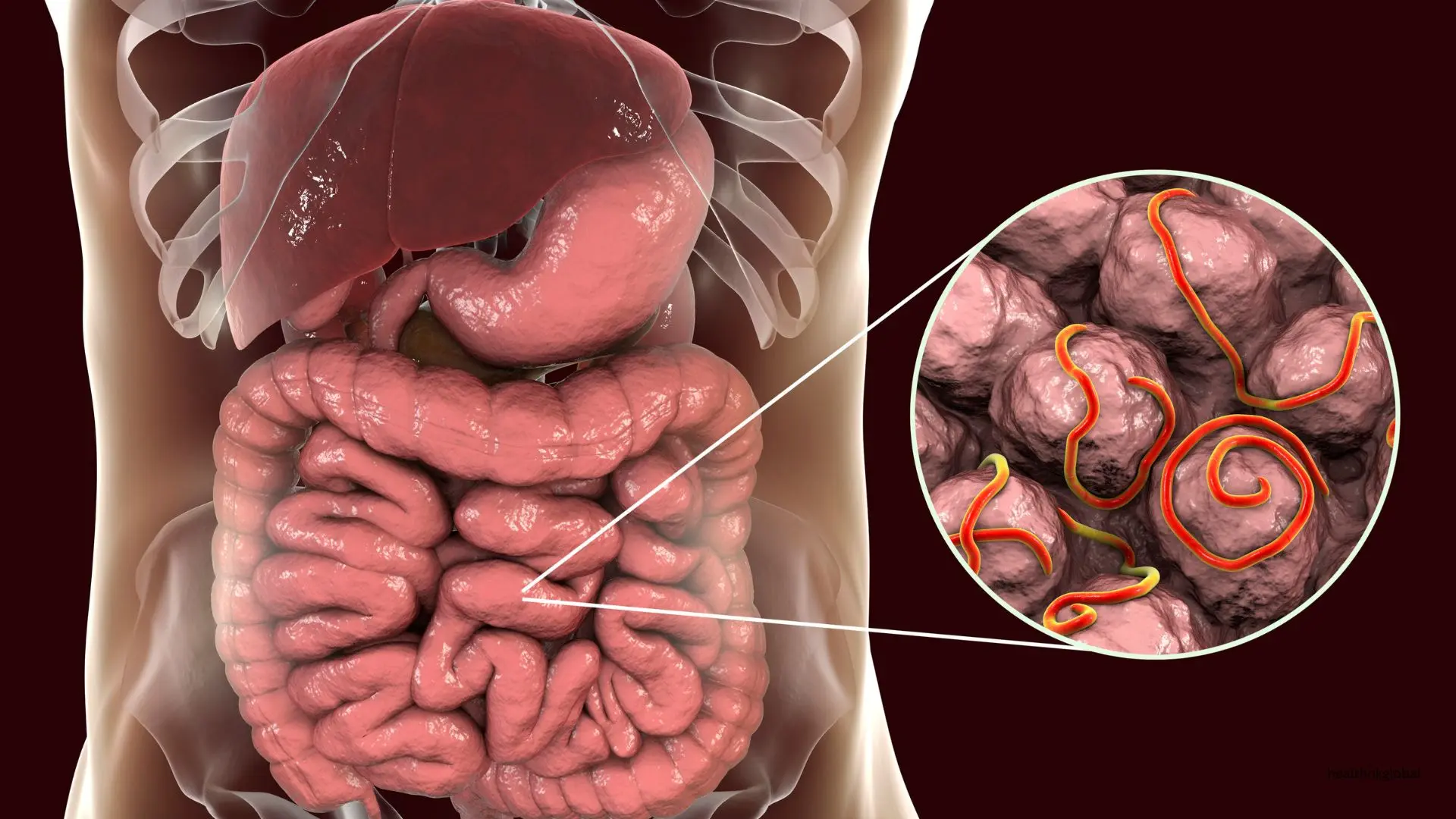Trabeculation refers to the formation of fibrous bands or ridges in an organ, often seen in the bladder.

Blog
Trabeculation: Causes, Symptoms, and Treatment
Trabeculation refers to the formation of fibrous bands or ridges in an organ, often seen in the bladder. This condition usually occurs due to chronic obstruction or high pressure within the organ, leading to structural changes. In this article, we will explore the causes, symptoms, and treatment options for trabeculation, focusing on bladder trabeculation.
Trabeculation is primarily caused by chronic obstruction or high pressure within the affected organ. In the bladder, common causes include benign prostatic hyperplasia (BPH) in men, urethral stricture, bladder neck contracture, and chronic urinary retention. These conditions force the bladder muscles to work harder to expel urine, leading to hypertrophy and the formation of fibrous bands. Other causes include neurogenic bladder, where nerve damage affects bladder function, and chronic inflammation or infection.
The symptoms of trabeculation depend on the affected organ and the severity of the condition. In the case of bladder trabeculation, common symptoms include:
Increased frequency of urination, often accompanied by a sense of urgency.
A sensation of incomplete bladder emptying after urination.
A weak or intermittent urine stream.
Difficulty initiating urination or straining to urinate.
In severe cases, the bladder may not empty completely, leading to discomfort and potential complications.
Diagnosing trabeculation involves a combination of patient history, physical examination, and diagnostic tests. For bladder trabeculation, these may include:
Ultrasound imaging can help visualize the bladder wall and detect signs of trabeculation.
A cystoscopy involves inserting a thin, flexible tube with a camera into the bladder through the urethra to visualize the bladder wall.
Urodynamic studies measure the pressure and flow of urine in the bladder and urethra.
Advanced imaging techniques like MRI or CT scans may be used to provide detailed images of the bladder and surrounding structures.
Treatment for trabeculation depends on the underlying cause and severity. Options include:
Medications such as alpha-blockers or 5-alpha reductase inhibitors can help relieve symptoms by reducing bladder outlet obstruction and improving urine flow.
Intermittent or indwelling catheterization may be necessary for severe urinary retention.
Surgery may be required to correct underlying conditions like BPH or urethral stricture. Procedures such as transurethral resection of the prostate (TURP) or urethroplasty can alleviate obstruction.
Lifestyle changes, including fluid management, bladder training, and pelvic floor exercises, can help manage symptoms and improve bladder function.
Preventing trabeculation involves managing risk factors and maintaining overall health. Key preventive measures include:
Regular medical check-ups can help detect and manage conditions like BPH or urinary tract infections early.
Maintaining a healthy lifestyle with a balanced diet, regular exercise, and adequate hydration supports overall urinary health.
Practicing good bladder habits, such as avoiding holding urine for prolonged periods and ensuring complete bladder emptying, can help maintain bladder health.
Trabeculation is a condition that requires proper diagnosis and management to prevent complications and improve quality of life. Understanding the causes, symptoms, and treatment options can help patients and healthcare providers develop effective management plans. Regular monitoring and lifestyle modifications can also play a significant role in maintaining bladder health and preventing further complications. If you experience symptoms of trabeculation, consult with a healthcare professional for appropriate evaluation and treatment.
Trabeculation is primarily caused by chronic obstruction or high pressure within the affected organ. In the bladder, common causes include benign prostatic hyperplasia (BPH) in men, urethral stricture, bladder neck contracture, and chronic urinary retention. These conditions force the bladder muscles to work harder to expel urine, leading to hypertrophy and the formation of fibrous bands. Other causes include neurogenic bladder, where nerve damage affects bladder function, and chronic inflammation or infection.
The symptoms of trabeculation depend on the affected organ and the severity of the condition. In the case of bladder trabeculation, common symptoms include:
Preventing trabeculation involves managing risk factors and maintaining overall health. Key preventive measures include:
Need Personalized Health Guidance?
Get expert advice tailored to your specific health needs from our qualified healthcare professionals.





